O filter Y It is an essential equipment for industries. Common Simplified design and convenient installation, it guarantees the fluidity of the most varied processes in pipes of different sizes and factories in different segments.
However, to make the most of its functions and applications, you need to understand how to use it correctly. more than that: it is necessary to have the right model in hand for your activities.
That's why KLINGER has developed a complete content for you to learn everything about the Y filter and transform your processes with this product. Let's go?
What is the function of the Y filter?
The Y-Strainer is designed to mechanically remove solids and other particles from a fluid line.. made up of body, filter element, cap and plug or drain, it is a essential component in many fluid control applications to ensure that no downstream elements are affected by solid particles.
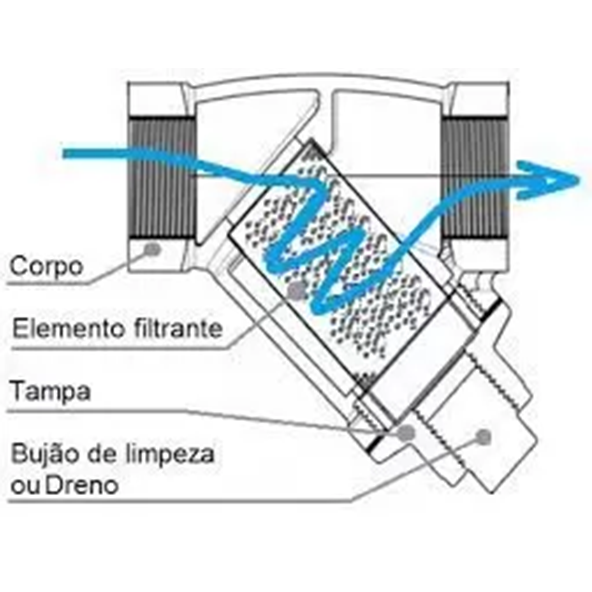
Y filter design
As its name implies, the Y filter is shaped like a “Y” and has better flow characteristics than, for example, a T-shaped filter, since the liquid flows through the filter with less change of direction.
Why use a Y filter?
Generally, Y filters are essential wherever they are needed clean fluids.
This because, although clean fluids can help maximize the reliability and life of any mechanical system, they are especially important with valves. In the end, they are very sensitive to dirt and will only work properly with clean liquids or steam.
Thus, if any solid enters the flow, it can interrupt and even damage the entire system. Therefore, the Y filter is a great complementary component.
Where to install a Y filter?
In addition to protecting valve performance, Y filters also help preserve other types of mechanical equipment, including:
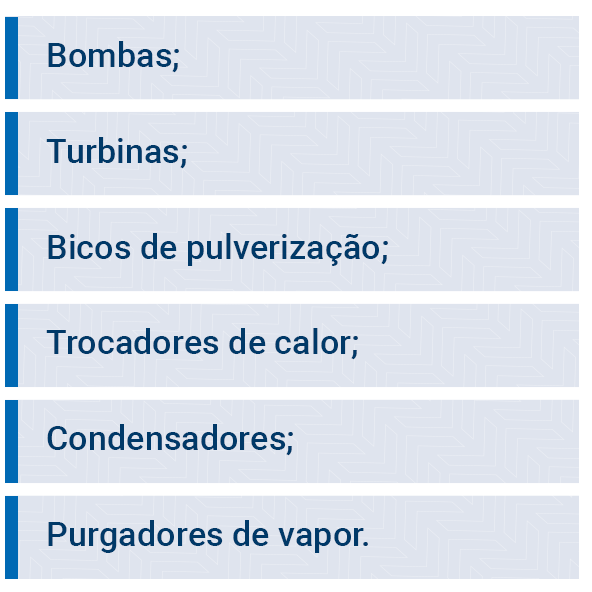
I.e, this is an accessory capable of keeping these equipment, often considered one of the most valuable parts of piping, protected from the presence of incrustations, rust, sediment or any other kind of foreign debris.
Y filters can be found in different connections, enabling the application in any type of industry.
Specifying the filter element
The Y filter wouldn't be able to do its job without the filter element that, which , must be specified properly.
To find the perfect filter for your project, It is important to understand the basics of mesh and screen scaling. There are two terms used to describe the size of the openings in the filter through which debris passes.. One is the micron and the other is the mesh size.
Although they are two different measures, they describe the same thing. Let's understand.
meaning micrometer, a micron is a unit of length used to measure tiny particles. for scale, a micrometer is one thousandth of a millimeter or about 25 thousandths of an inch.
A filter mesh with a mesh unit indicates how many openings there are in the mesh in a linear inch.. Screens are labeled by this size, therefore, a screen of 14 mesh means you will find 14 openings in one linear inch. Like this, a screen of 140 mesh means there are 140 openings per linear inch.
The more openings per linear inch, the smaller the particles that can pass. Ratings may vary from a mesh screen to size 3 mesh with opening 6.700 microns to a mesh screen of 400 mesh com 37 opening microns.
Determining the proper filter size
To select the correct filter size for your application, you will need to consider the measurement, the scope and environment of the project. Some of the most important factors to consider include:
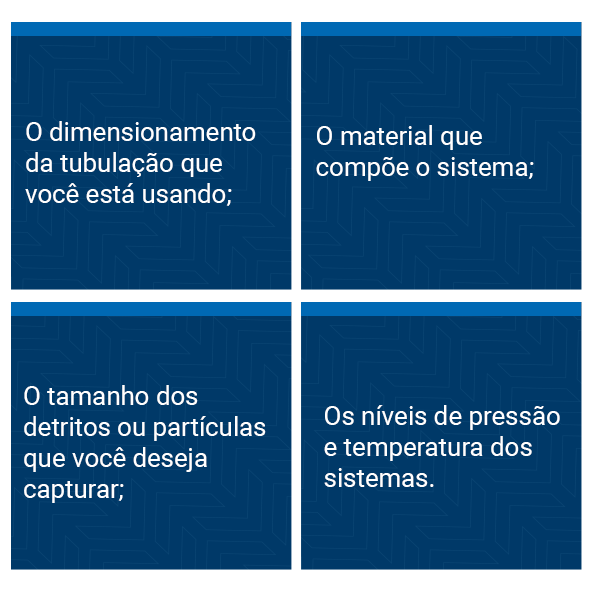
Remember that it is also important to size your mesh filter correctly. A structure that is too small or too large can negatively affect your system as a whole..
For example, if your filter is very small and has many openings, there will be a greater pressure drop from inlet to outlet. In addition, removing too much debris can result in additional maintenance due to debris buildup which can also cause a greater pressure drop.
If it's too big, allowing the passage of large particles, the performance and lifespan of your equipment may be affected.
Y-filter body material options
Now that we've figured out why Y filters are important and what they're used for, let's discuss some of the different types of Y filters available.
These filters are available in a wide variety of material types and fall into different classes defined by the American National Standards Institute (ANSI).
First, let's check out the different material housing options available, that includes:
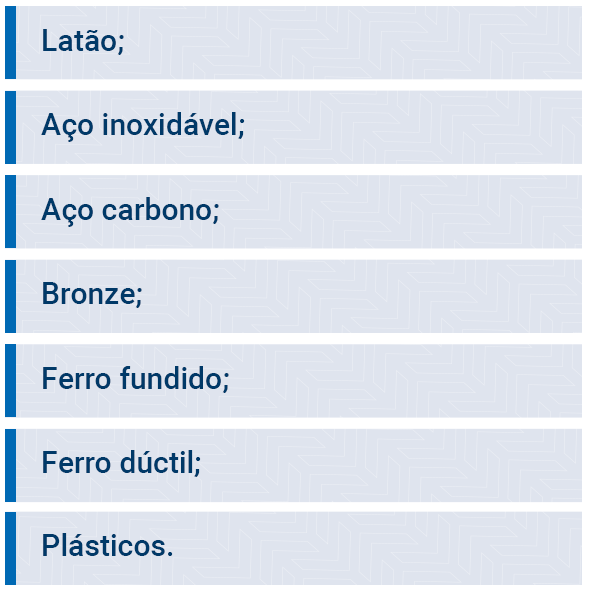
Please note that these different types of body materials are designed to suit certain environments and environments., ensuring Y-filter versatility.
Y filter selection criteria
There are different types of Y filters on the market and each of them is designed to meet different industry needs.. When researching which one is best for your application, keep in mind the following criteria:
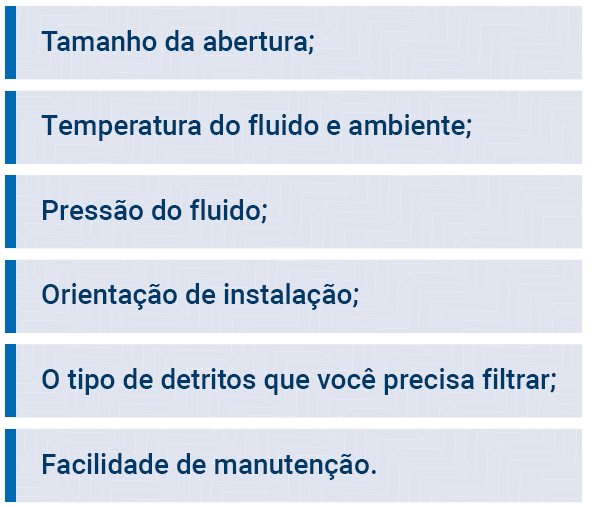
There is no one-size-fits-all Y-filter that fits all needs.. That's why it's important to understand your application requirements before moving forward..
Typical Y-filter applications
A Y-filter is most valuable in an environment that requires constant protection from debris and contamination. Let's look at some of the most common applications that require their use..
Steam Applications
These filters are an essential feature in most steam applications., because its shape is built to handle the high pressure that exists in these environments.
Applications in liquids
Liquid applications tend to seep through sand and gravel. In this case, Y filters can help keep these particles out to ensure the liquid stays clean. Especially when working in conjunction with other water handling applications, these devices are able to protect important equipment – and expensive – against damage, corrosion or fouling that may result from such contamination.
Natural gas and air applications
Natural gas and air applications tend to have a low operating pressure, therefore, Proper sizing is important to reduce a pressure drop from inlet to outlet.
Installation
Y filters have an input to output arrow. It is important to install them in this orientation for proper filtration..
types of connections
depending on your needs, Y filters can include a variety of end connections, including flanges, threaded and welded. You can also find special flanges, like ring gaskets.
What kind of body material should I choose?
Depending on fluid and piping, a different Y-filter housing material and sealing material must be selected. Make sure you know their chemical resistance to select the right one..
Y filters are accessible?
Sim! This type of filter becomes even more cost-effective as you downsize. Whereas it protects more expensive components, it still presents an excellent cost x benefit.
Keep expanding your knowledge with KLINGER
With all the information you've seen so far, this article is sure to help you select the right Y-filter for your application. However, Remember that KLINGER remains at your disposal to guide and transform your work.
Please feel free to contact our technical support in case of doubt and continue learning more about industrial sealing and all its details and characteristics with more complete and exclusive content like this one.



